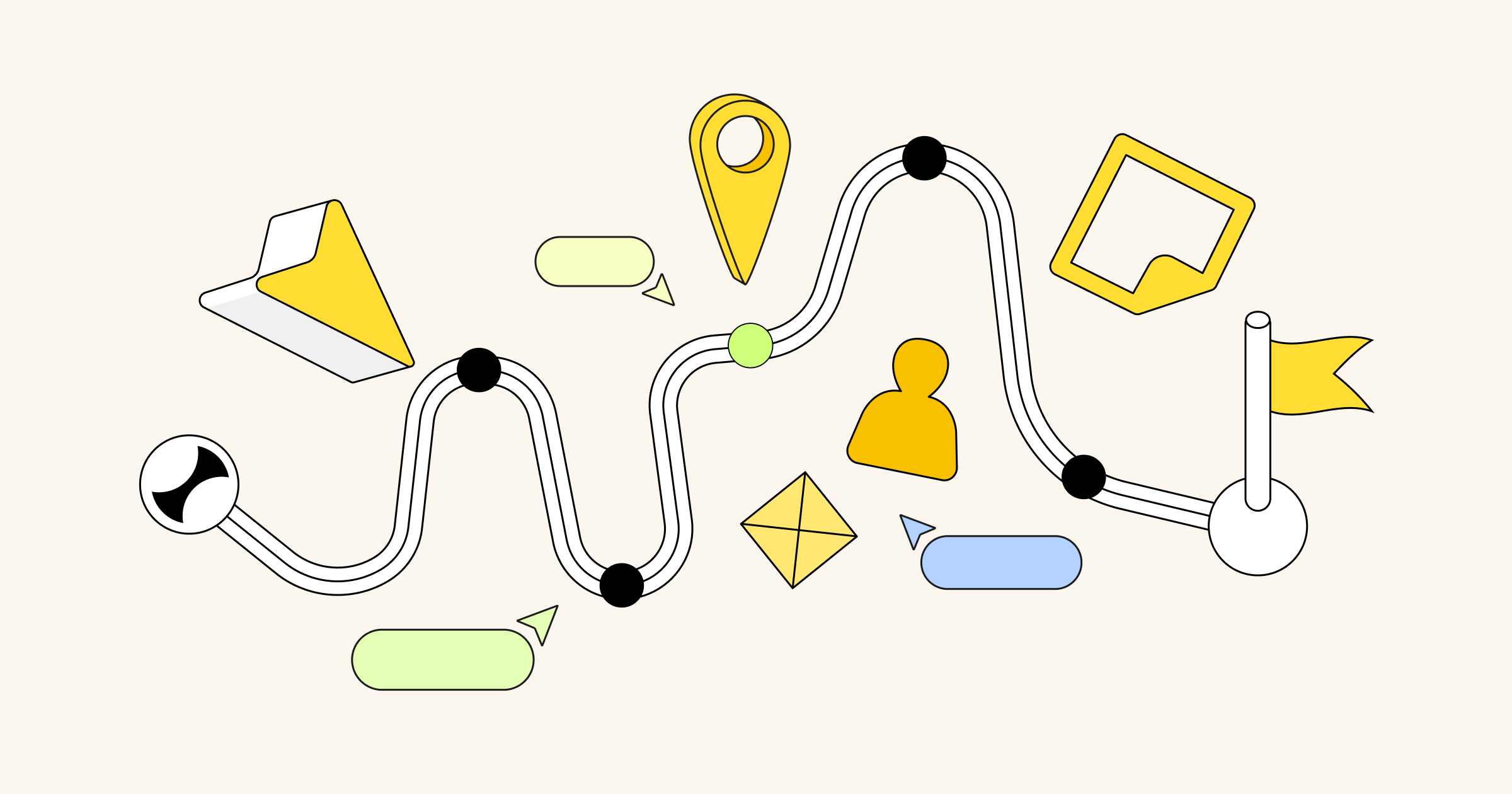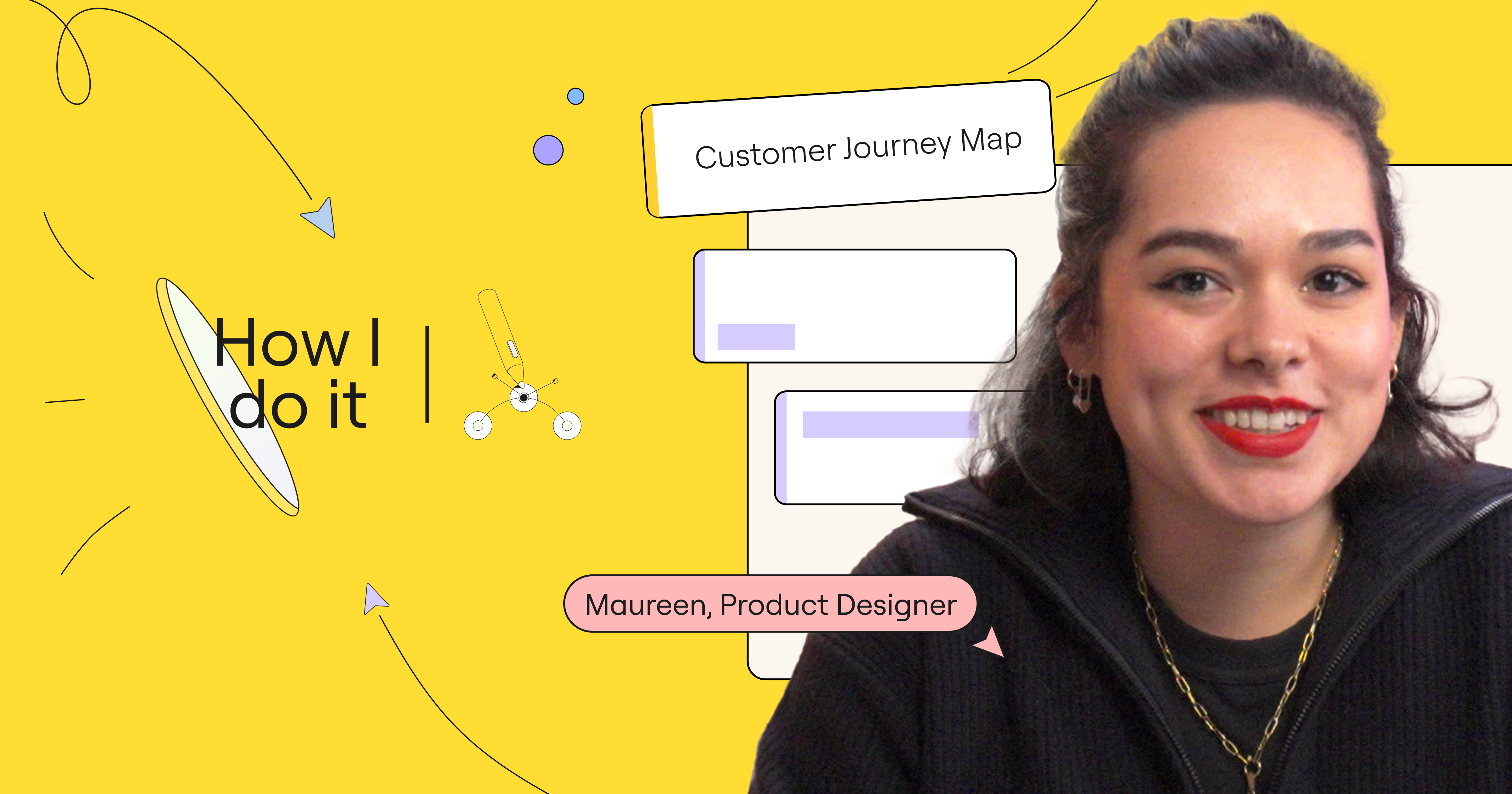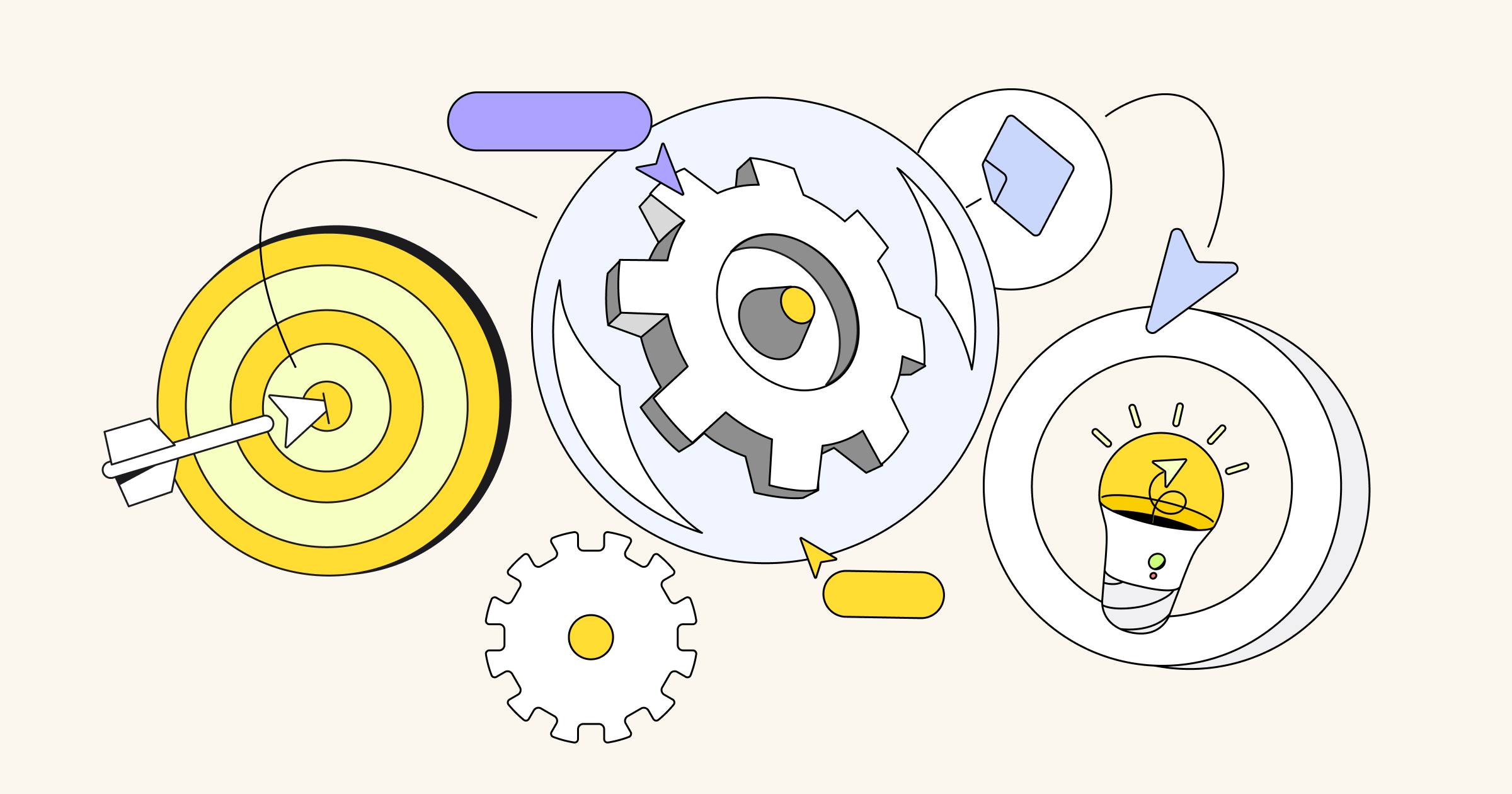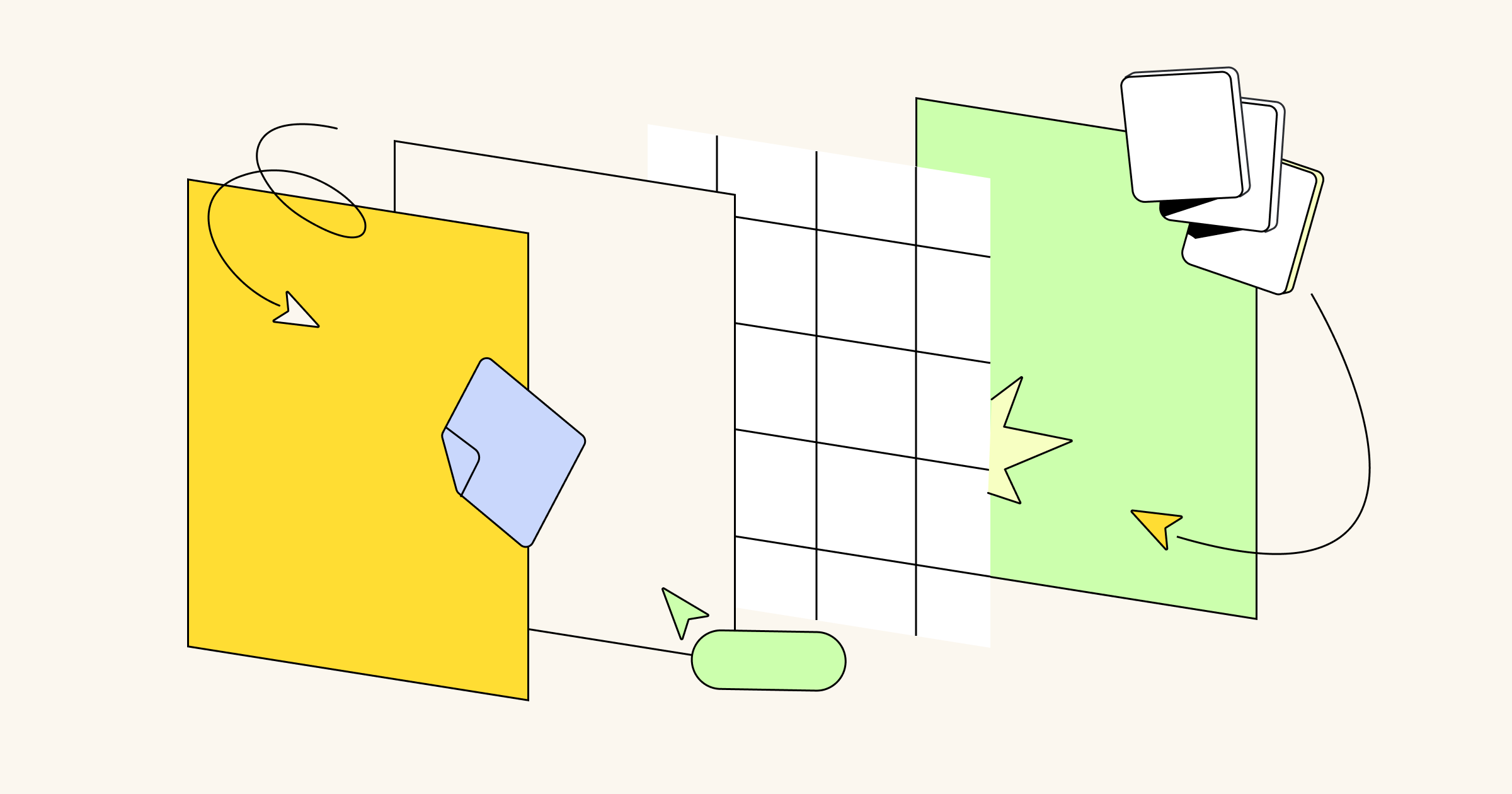A healthcare tech team has an exciting new idea. They see an opportunity to integrate new app features that support patient care beyond telemedicine appointments, like how-to videos for home exercise programs prescribed by physical therapists and detailed dietary guidelines from nutritionists. So they send out user surveys and develop a beta version for early adopters, who enjoy the new additions. But when they roll out the final version, it’s a flop. What happened?
The importance of idea validation
Developing innovations that better serve your customers is rewarding for teams and great for business. But while it’s common to have a sense of urgency to turn your new ideas into reality, you could be setting yourself up for failure without the right process in place.
“Failure is the most likely outcome anytime anyone tries to do something new or different.”
— Alberto Savoia, author of The Right It
As you navigate the uncharted territory that comes with building something new, you’ll likely run into complications that block your release (a.k.a. “showstoppers”). Potential showstoppers can be missed in traditional user testing methods. For example, interviews and surveys often provide misleading results, paid testers typically don’t have a real stake or interest in the product, and your idea might resonate with early adopters, but not with early or late majority segments.
Not having a good read on your market is one of the most common showstoppers. Savoia writes: “Most new products fail not because of incompetence in designing, building, or marketing, but simply because they are not what the market wants. We build It right but we don’t build The Right It—a product that enough people want or need to justify developing it.”
In the case of the healthcare tech team, they discovered friction that didn’t show up in initial testing. For the majority of patients, it was easier to grab a pdf printout of exercises or nutrition guidelines directly from their doctor. While the idea to have healthcare how-tos featured in the app sounded good in theory, it just wasn’t a desire for most users.
Showstoppers like this can negatively impact team morale, not to mention the bottom line. At best, the project stalls, costs increase, and you miss targets. At worst, the idea (or even the business) could shut down.
The real challenge isn’t generating ideas — it’s validating them. You need to determine the riskiest assumption and find out if it’s true as fast as possible. Follow this assumption mapping framework to de-risk the ideas in which your enterprise invests and, ultimately, ensure that your team is working on innovations that benefit the business.
Run a brainstorming session
Tools like the Desirability, Viability, and Feasibility (DVF) Framework, Lean Canvas, and AI can help you determine what needs to be true for your idea to be successful.
Use the Desirability, Viability, and Feasibility (DVF) Framework
The DVF Framework comes from design thinking, which takes a human-centered approach to product design. Use this framework to brainstorm what makes your idea desirable to users, technologically feasible, and economically viable.
Consider the Lean Canvas
The Lean Canvas helps you quickly create a business plan so you can test your assumptions and identify what needs to be true for the model to work. In this exercise, you’ll determine your customers’ top problems, existing alternatives, possible solutions, key metrics, unique value proposition, unfair advantages, customer segments, channels to reach your customers, cost structure, and revenue streams.
Think about the change required for adoption
An important but often overlooked step is considering what change is required for adoption. You might run into inertia (the anxiety that stops users from wanting to change) and friction (the things that get in the way, like learning a new tool, paying for installation, or, in the case of the healthcare app, downloading and logging in to a new portal). Take these scenarios into account when working through your ideas.
Supercharge your brainstorm with AI
Leverage AI tools to expand your thinking and explore new ideas. For instance, you can use Miro Assist to instantly generate a mindmap from your brainstorm. This can help you quickly iterate on your initial idea based on learnings from the DVF Framework and Lean Canvas.
If the healthcare tech team had run a brainstorm session first, they may have identified other desirable features that also address gaps in the market, like tools to navigate insurance claims or schedule telehealth consultations in areas where there’s limited physician access.
Map requirements for success with the Market Engagement Hypothesis
Now that you’ve conducted divergent thinking (creating choices) you can move to convergent thinking (making choices). Synthesize the requirements for success gleaned from your brainstorm session using the Market Engagement Hypothesis (MEH), as outlined in The Right It. MEHs state key beliefs or assumptions about how your target market will respond to and interact with your product.
MEH statements include:
- X%: the share of your target market
- Y: your clearly defined target market
- Z: the key action they will take to engage with the product
Use the MEHs to test the viability of your idea, then plot on an assumption map based on evidence (x-axis) and importance (y-axis). Those placed in the top right quadrant are your most risky assumptions. Now that you’ve mapped your hypotheses, you know where to focus your experimentation.
Design experiments to provide evidence
Leverage tools like LeanStack’s experiment report or Strategyzer’s Test Card. Frequently, companies will spend an entire quarter designing and running an experiment, or even build the product in full just to test it. Instead, these smaller yet effective experiments will give you the information needed to move forward.
“The Right It” outlines important factors to consider when running experiments:
- Speed: Experiments should be designed to collect high-quality evidence in the shortest amount of time possible, ideally within hours rather than days or weeks. The faster you get the data, the better.
- Cost: Experiments should be designed to be as low-cost as possible while still providing valid data. The goal is to minimize cost without sacrificing evidence quality.
- Distance to data: For physical products, experiments should be run as close to the team as possible to save time and money. For digital products, minimizing the number of digital steps like emails or web pages can speed up testing.
- Single experimentation: Multiple experiments are not always needed. A single, well-designed market validation experiment run within a day may be enough to gain high confidence on whether to pursue an idea or not, as long as it provides strong evidence.
Focus on winning ideas with assumption mapping
Assumption mapping helps teams quickly quash ideas that don’t work so they can focus on the ones that do. The faster experiments can be run, the more experiments and ideas can be tested — which means you can de-risk and fund those with the most traction. Leverage these assumption mapping tools to ensure your team is working on winning ideas that solve real problems for your users and benefit your business.
This is the second in a series of articles from Miro’s innovation evangelist on how to get innovation done. Read the first article here.




